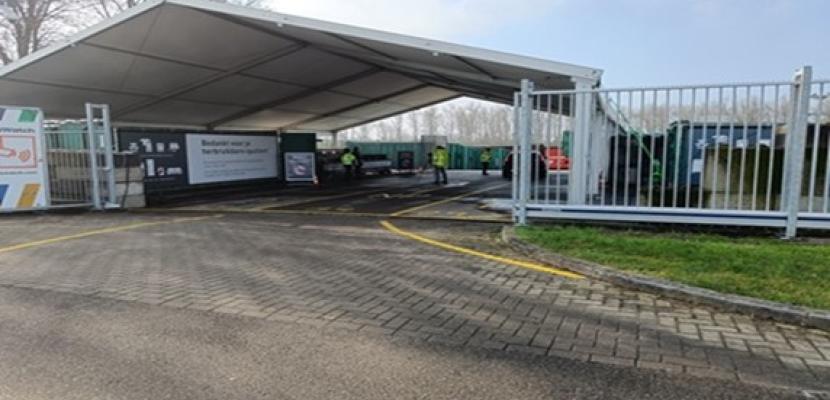
Re-use platform Almere Buiten

About this good practice
A Reuse Platform is a physical location where valuable items can be handed in, so that they can be given a second life instead of ending up in the incinerator. An effort is made to extract as many raw materials as possible from waste for reuse. With a view to the R-ladder, it is first checked whether items can still be reused before they are repaired, recycled, dismantled or ultimately burned.
A reuse platform offers the opportunity to rescue significant quantities of reusable goods from bulky waste. This contributes to the local economy and supports local businesses by donating collected goods to these partners. This includes thrift companies and facilities counters, but also specific partners such as Stadsjutters.
Pilot Almere Buiten:
Since February 2024 City Cleaning has opened a Reuse Platform in Almere Buiten. Reusable goods are returned within the Reuse Platform by residents of the municipality of Almere. These reusable items go to selected purchasing partners. The development of a Reuse Platform consists of 3 different phases. Phase 1 focuses on the concept development and realization of the physical reuse platform. Phase 2 focuses on testing the assumptions and an evaluation. Phase 3 is the scaling up phase of the project to more volume and the connection of the other recycling platforms in Almere.
Resources needed
The total cost of purchasing the required infrastructure is approximately €0.2 million. In addition, there are costs for staffing the reuse platform. Approximately 2 FTEs are required for this.
Evidence of success
The primary objective of the pilot has been achieved. It waspossible to set up an infrastructure aimed at reuse in addition to the current recycling platform. It also appears that there are (local) partners who want to continue working with the Almere raw materials. Finally, there appears to be sufficient potential in the flows and products that are in principle reusable.
Potential for learning or transfer
The project has added value, because a high environmental return can be achieved for relatively low costs. It leads to an extension of the lifespan of products and raw material flows. It requires little infrastructural facilities and can be easily scaled up.
Further information
Images

Good practice owner
You can contact the good practice owner below for more detailed information.